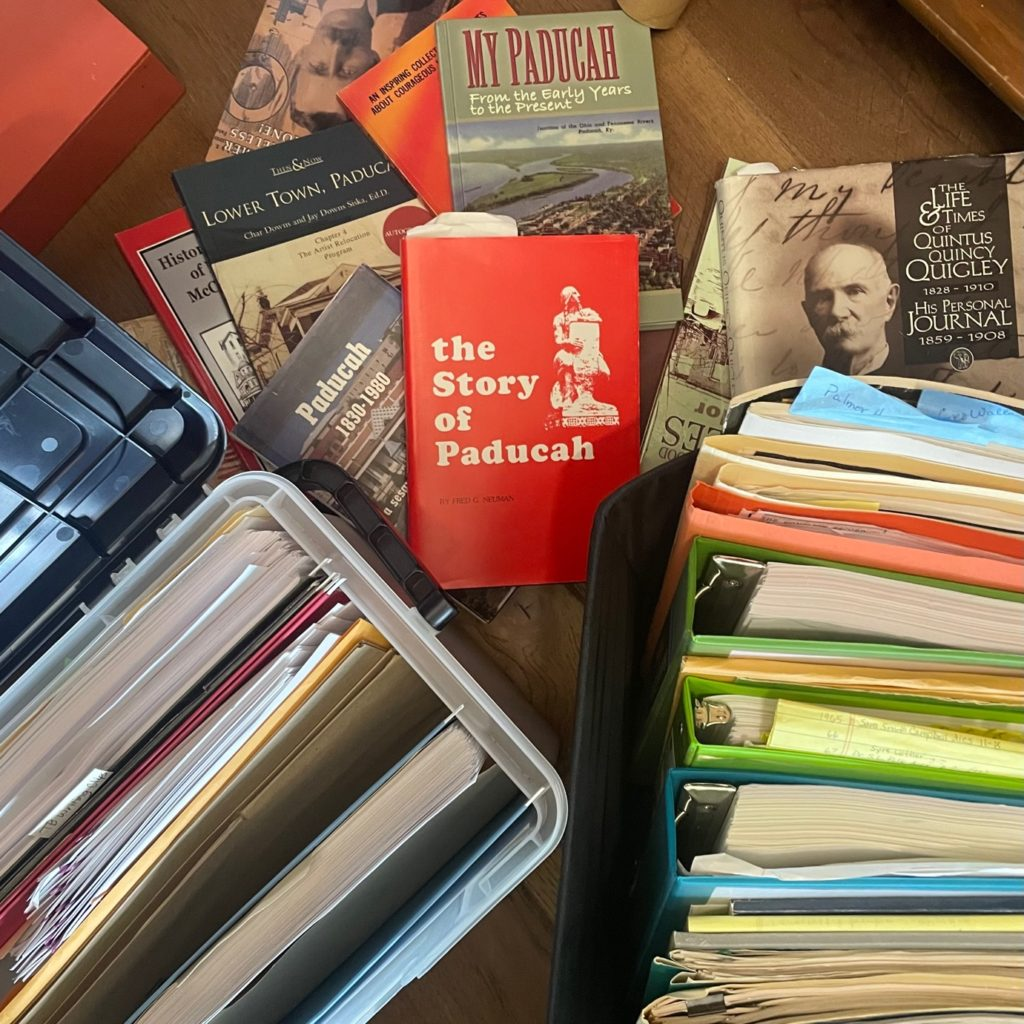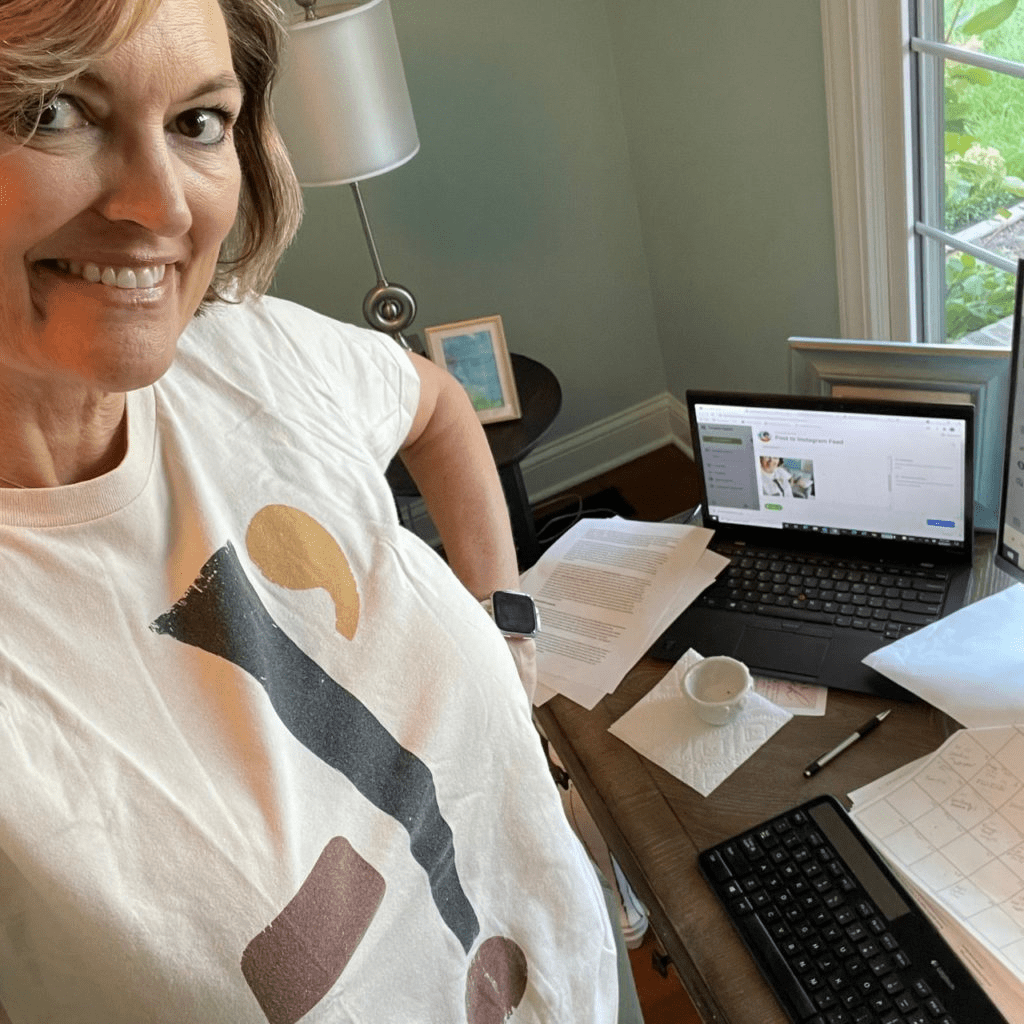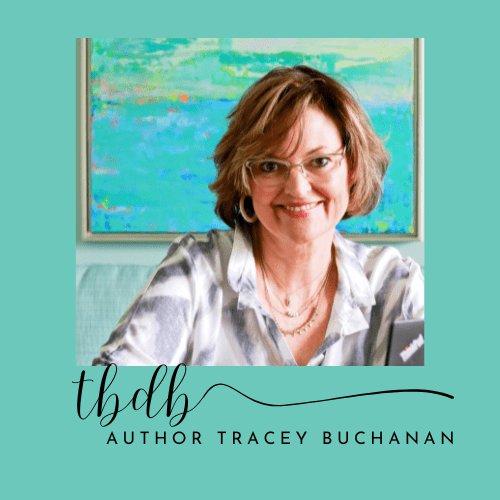The most-asked question about my debut novel is: “How long did it take you to write it?”
Straightforward, understandable question.
My answer, not so much.
For this novel I didn’t sit down at my desk and bang out words day after day until—voila!—a complete manuscript emerged. It didn’t even start out as a novel.

The Raw Material
In the late 1990s I wrote a series of scripts for a tour of Oak Grove Cemetery the city sponsored. Characters, dressed in period costumes, “came to life” at their gravesites and told their stories. I researched each character and time period and then imagined them to life, similar to the main character in Toward the Corner of Mercy and Peace. But I’m getting ahead of myself.
Over the course of several years, I had developed around thirty characters. They rested in the files of my Word documents, biding their time it turns out. One day—who knows what got into me—I decided to clean up my files and there they were…Alben Barkley, Irvin Cobb, Della Barnes, Evitte Dumas Nix, Captain Joseph Fowler, among others.
I couldn’t resist revisiting them and when I did, I knew I had to do something to give these people breath again. Originally, I polished each character and planned to feature them as independent stories, like a short story anthology. But that didn’t work. They had all been Paducahans, and they now shared a final resting place; but, I wanted to knit them together more tightly.

Here’s Your Guide…
Enter Mrs. Minerva Place. She was to be the narrator. Now, I don’t know why I didn’t choose Irvin Cobb to be the narrator. He had been the guide on the cemetery tours so he would have been the logical choice.
But logic can be overrated. (Don’t tell my engineer husband I said that.)
I have no idea why, but after years of driving past the street Minerva Place, after walking up and down it, after enjoying friends’ homes on this street, I got it into my head that it would make a great character name. And I knew she would be quirky, misunderstood, a little afraid, and funny without knowing she was.
Once I started writing with her as the narrator she just took over. Minerva had her own story to tell. And I really, really loved her and wanted to bring her to life. Life and death, it turns out, is one of the book’s major themes. But I didn’t know that yet.
First, I structured the manuscript by starting each chapter with one of the historic character’s stories. My idea was to use their lives to reveal who Minerva was. But it was too much. All these people populating my manuscript overwhelmed it. So, several (13?) rewrites ensued.

The Pain of Revision
Let me tell you, it’s painful to delete. Words you’ve struggled over. Words that flowed. Words that emerged from hours of research. Words of pure imagination. So many words snipped out as if they didn’t matter. But that’s the nature of the beast.
Rewriting, cutting, adding, moving, reshuffling—every good writer will do it all, sometimes many times. And I don’t consider anything I write as pointless. It all informs the final story. Besides, I file the material away in a special folder, where it optimistically waits to be folded into future novels.
All along the way, I was asking for input from willing readers. Having cut my writing teeth in the newspaper business, where nobody really cares about your feelings, I learned to value good critiques. Granted, my first readers were friends and my mother—ha!—and they were very encouraging. But as I got more involved with the writing world, my readers expanded into people who don’t know me, don’t know Paducah, and don’t mind pointing out what absolutely does not work.
Every bit of the feedback I received—even from those who know me—was helpful. The encouragers’ comments fueled me to continue working on it and to believe that it was worthwhile. The writing partners helped me dig deeper. Eventually, when it got to an editor, I could polish the valuable, if sometimes rough, stones I had mined.

What’s to Love about Writing?
I’ve got to tell you, I love it all. I love the entire process of writing a book. I love sitting down with a blank screen and launching out with the first sentence. I adore seeing who the characters are and what they want to do. And nothing beats getting the whole story out and typing THE END.
But I love the rewriting too. It’s fun to solve problems, to tweak words until they are exactly right, to make the work stronger. Epiphanies—those out-of-the-blue “ah-ha” moments that reveal how something could be improved—are so rewarding
So, in answer to that question, “How long did it take you to write it?” this time I can only say, I have no idea. Years. Since it’s my first, I was learning as I went. I attended workshops and writing camps. I read craft books. I listened to podcasts. I tried things that fell flat while other things came easily to me.
Hopefully, in the end I developed Toward the Corner of Mercy and Peace into a novel you will love. That was my goal. And now, like everything else about the publishing world, I have to wait–the hardest part of the whole endeavor.
What would be your number one question to an author?
NOTE: This article first appeared in Paducah Life Magazine. Even if you’re not from “these parts” you’ll love this outstanding magazine. The publisher, the illustrious Darlene Mazzone (who is quite the writer herself!!), is always one of my early readers and great encourager. Many thanks to her!


Julie
Loved the book, so I can’t imagine that anything left on the editing floor could have made Toward the Corner of Mercy and Peace one word better.
Julie
Loved the book, so I can’t imagine that anything left on the editing floor could have made Toward the Corner of Mercy and Peace one word better.